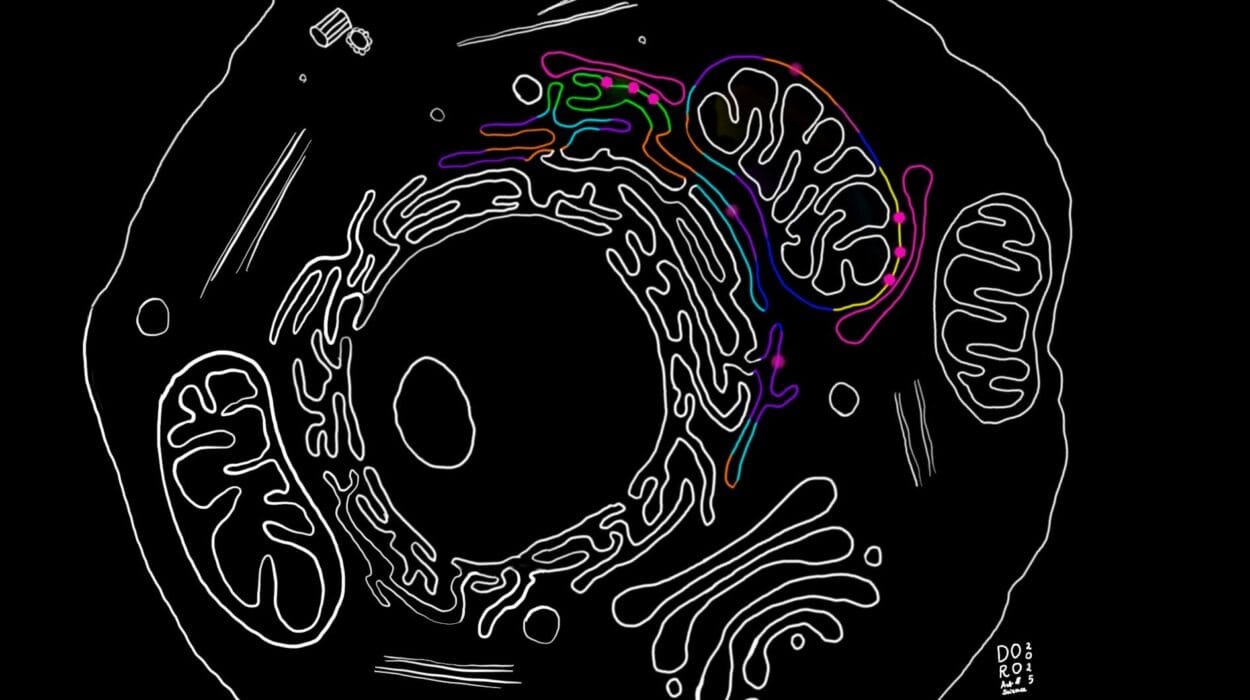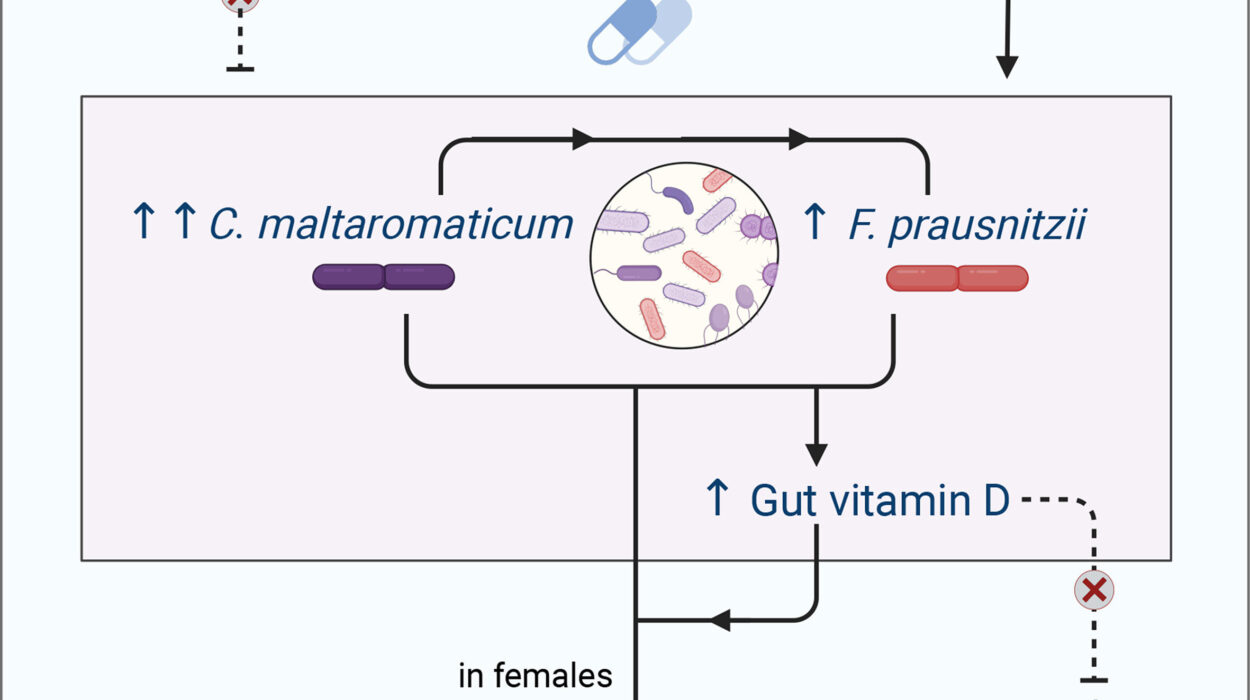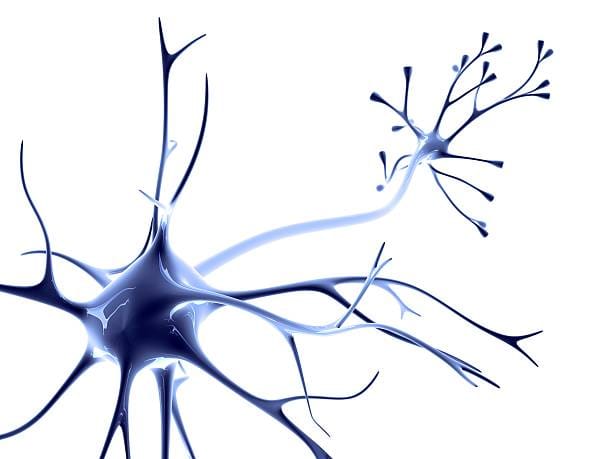Everyone has days when they feel down. Maybe you didn’t sleep well. Maybe the weather’s gloomy. Maybe things just aren’t going your way. But usually, those feelings pass. You bounce back. You laugh again. You move on. Depression, however, is not like that. It’s not just sadness. It’s not a bad day. It’s a heavy fog that settles in the mind and heart and refuses to lift. It dulls the colors of life and makes even the smallest task feel monumental. It whispers lies into the mind, convincing you that things will never get better, that you’re alone, and that no one would understand if you tried to explain.
Depression isn’t weakness. It isn’t laziness. It’s a real medical condition that affects millions of people, from every walk of life, across every age and background. And while it is common, it is also deeply misunderstood. Many who suffer from depression do so in silence, afraid of being judged or dismissed. But understanding depression—truly understanding it—is the first step toward breaking its grip. This article is a journey through the depths of depression, the signs and symptoms that often go unnoticed, and most importantly, the many ways to find light at the end of the tunnel.
The Many Faces of Depression
Depression wears many masks. It doesn’t always look like crying in bed or feeling hopeless. It can also look like irritability, fatigue, apathy, or even perfectionism. Some people with depression continue to go to work, laugh at jokes, and even post happy selfies on social media. But behind the smile, they might be struggling to get through the day. This is sometimes called “high-functioning depression,” and while it may not appear dramatic on the surface, the internal pain is just as real.
There are several different types of depression, each with its own unique flavor and intensity. Major Depressive Disorder is what most people think of when they hear the word depression—it’s characterized by a persistent low mood, loss of interest in activities, and a range of physical and emotional symptoms. Then there’s Persistent Depressive Disorder, a chronic, low-grade form of depression that lasts for years. Bipolar disorder involves swings between depressive and manic episodes, and Seasonal Affective Disorder typically strikes during the winter months when daylight is scarce. Postpartum depression affects some women after childbirth, turning what should be a joyful time into a period of deep emotional struggle.
Depression doesn’t always need a reason to appear. It can sneak in when everything seems fine. But sometimes, it’s triggered by life events—loss, trauma, illness, stress. Genetics, brain chemistry, personality, and environment all play roles. In other words, depression is complex. It’s not something you can shake off or think your way out of. It’s an illness that needs attention, compassion, and treatment.
The Quiet Warnings: Early Signs of Depression
Depression doesn’t always arrive with a loud crash. Sometimes, it tiptoes in. A little more tired than usual. A little less motivated. Joy begins to feel distant. Hobbies you once loved begin to lose their shine. You begin to pull away from people—not because you don’t care, but because it feels exhausting to be around them. Conversations become a chore. The world begins to blur into shades of gray.
One of the earliest signs is often a change in sleep patterns. You might find yourself sleeping too much, or you may struggle with insomnia, lying awake while your thoughts spiral. Appetite can shift—some people lose their hunger entirely, while others find themselves eating more, especially sugary or comfort foods. Then there’s the issue of concentration. Reading a book, following a movie, or even holding a simple conversation can feel overwhelming.
Emotionally, there’s often a sense of numbness. You may feel disconnected from life, as though you’re watching it all unfold from a distance. Or you may feel constant sadness, guilt, or worthlessness. Small setbacks might feel like enormous failures. The self-critical voice in your head grows louder, and it becomes harder to remember the good things.
Perhaps most troubling is the way depression can distort your thoughts. You begin to believe that you’re a burden, that you’re broken, that things will never get better. These aren’t just thoughts—they feel like truths. But they are lies whispered by the illness. And recognizing that is the beginning of healing.
The Physical Side of Depression
We often think of depression as an emotional or mental issue, but its effects extend throughout the body. In fact, many people first seek help because of physical symptoms they don’t realize are tied to their mood. Chronic headaches, back pain, digestive issues, and even heart palpitations can all be related to depression. The body aches because the mind is suffering.
Fatigue is one of the most common physical complaints. It’s not just feeling tired—it’s a bone-deep exhaustion that doesn’t go away with sleep. You may wake up after eight or ten hours of rest and still feel like you can’t get out of bed. Everyday tasks like showering, cooking, or walking the dog feel like climbing a mountain.
Depression also affects the immune system, making you more vulnerable to illness. It can cause or worsen inflammation in the body. It slows down healing. It messes with your hormones, your appetite, your libido. The mind and body are not separate, and when one suffers, so does the other.
Understanding these physical symptoms is vital—not just for diagnosis but for compassion. If someone you love is struggling with what looks like laziness, remember that they may be fighting a battle you can’t see. And if you’re struggling yourself, know that it’s not all in your head. Depression is a whole-body experience.
The Danger of Silence
One of the most painful aspects of depression is how isolating it can be. The illness convinces you that no one cares, or worse, that you shouldn’t bother anyone with your problems. This silence can be deadly. According to the World Health Organization, more than 280 million people worldwide suffer from depression, and close to 800,000 people die from suicide every year. Many of those deaths could be prevented if people felt safe and supported enough to reach out.
The stigma surrounding mental illness remains a major barrier. People fear being judged, labeled, or dismissed. They fear being seen as weak or unstable. In some cultures, depression is not recognized as a medical condition but rather as a character flaw or spiritual failing. This makes it even harder for people to seek help.
Breaking the silence starts with understanding. Depression is not a choice. It’s not attention-seeking. It’s not a lack of gratitude or faith. It’s an illness—just like diabetes or asthma—and it deserves to be treated with the same seriousness and compassion.
Talking about depression doesn’t make it worse. In fact, it’s often the first step toward making it better. Whether it’s with a friend, a therapist, a doctor, or a support group, speaking the truth out loud can be a powerful act of liberation. You don’t have to suffer in silence. Help is out there, and healing is possible.
Seeking Help: Therapy, Medication, and More
If you think you might be suffering from depression, the most important thing to know is that you are not alone, and you can get better. There are many effective treatments for depression, and the right combination varies from person to person. It’s not one-size-fits-all. It’s a process of discovery, patience, and self-compassion.
Therapy is often a first-line treatment. Cognitive Behavioral Therapy (CBT) helps people recognize and change negative thought patterns. Psychodynamic therapy explores past experiences and emotional wounds. Interpersonal therapy focuses on improving relationships and social support. What matters most is finding a therapist you trust—someone you can open up to, who makes you feel heard and safe.
Medication can also play a crucial role. Antidepressants, such as SSRIs or SNRIs, work by balancing the brain’s chemicals. They don’t make you happy instantly, and they’re not a magic cure—but for many, they create the foundation needed for other treatments to work. Finding the right medication can take time, and side effects are possible, but the benefits can be life-changing.
Other treatments include lifestyle changes like regular exercise, a healthy diet, and good sleep hygiene. These aren’t just feel-good tips—they have real, measurable effects on brain chemistry. Even a short daily walk can increase endorphins and improve mood.
In more severe or treatment-resistant cases, advanced therapies like electroconvulsive therapy (ECT), transcranial magnetic stimulation (TMS), or ketamine infusion may be considered. These are not as scary as they sound and are often highly effective when other methods fail.
Support from friends and family is also essential. Just having someone to check in, listen, or sit quietly beside you can make all the difference. And for those who support a loved one with depression, remember: you don’t have to have all the answers. Just being there is powerful.
Depression in Children, Teens, and the Elderly
Depression doesn’t discriminate by age. Children can suffer from it, though it often looks different. A child might become irritable, act out in school, or complain of stomachaches. They may regress in behavior or withdraw from friends. It’s easy to miss these signs, especially in a world where childhood is supposed to be carefree. But children feel pain deeply, and their mental health must be taken seriously.
Teenagers face their own challenges. Hormonal changes, academic pressure, social media, and identity struggles can all contribute to depression. Teens may become moody, defiant, or isolate themselves. Some may engage in self-harm or develop eating disorders. These aren’t phases to be ignored—they’re cries for help. Early intervention can prevent lifelong consequences.
The elderly are another group often overlooked. Depression in older adults is frequently dismissed as a normal part of aging or confused with dementia. Loneliness, loss of loved ones, chronic illness, and a sense of purposelessness can all contribute. But depression is not a natural part of aging. It is treatable, and older adults deserve the same access to care and compassion as anyone else.
Healing Is a Journey, Not a Destination
Recovery from depression is not linear. There are good days and bad days. Progress and setbacks. There may be moments when you feel like you’re back at square one. That’s normal. Healing is not about reaching a state of eternal happiness. It’s about finding balance. It’s about learning to manage symptoms, build resilience, and reconnect with yourself.
Along the way, people often discover strength they didn’t know they had. They learn to set boundaries, ask for help, and speak their truth. They find joy in small things—a cup of tea, a walk in the sun, a quiet evening. They discover meaning in their struggles and empathy for others who suffer.
Depression is a thief, but it can’t steal everything. Not forever. There is hope, even when you can’t feel it. There is healing, even when it seems far away. And there is help, always—waiting for you to reach out.






